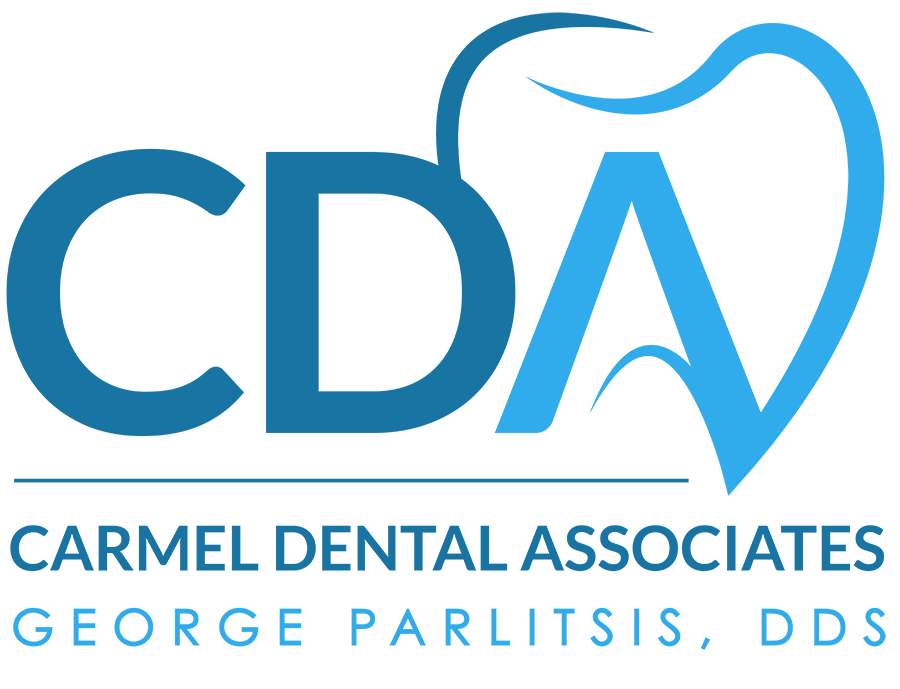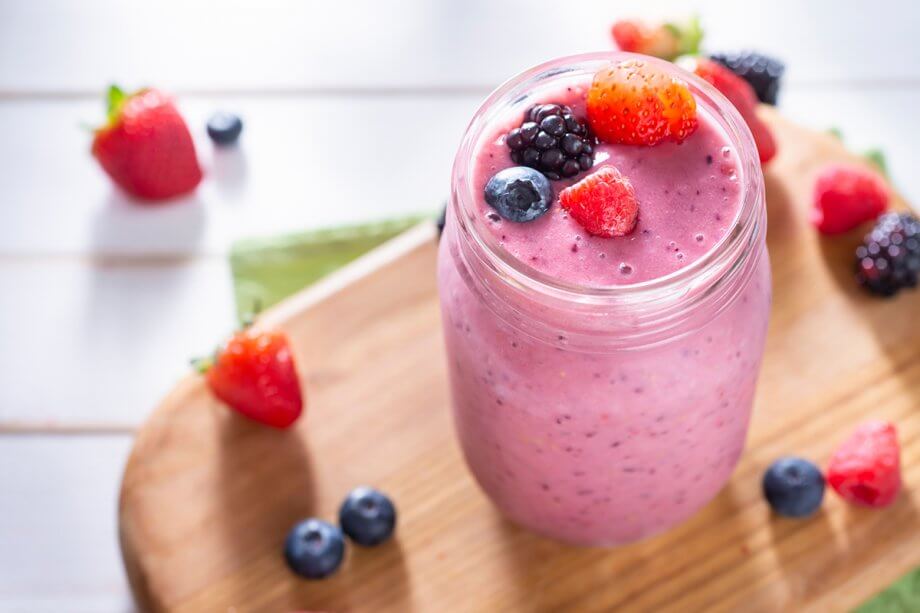Tooth extraction is a common dental procedure - despite the nerves and anxiety it can stir up in patients. All of this prompts a long list of questions about the procedure itself, what to expect along the way, and how long healing takes. But, out of all the questions, do you know which one gets asked the most?
When can I eat?
Many patients have the misconception that the mouth is going on hiatus once a tooth is extracted. Believe it or not, you won’t have to wait as long as you’d think.
The Importance of Aftercare for Healing
Tooth extraction, for the most part, is a relatively easy and quick procedure. Yet, that doesn’t mean healing is always a breeze. Once your dental team does their part, the at-home care falls into your hands. When the procedure is done, your dentist will provide you with a list of aftercare instructions that you should follow. This will include things about how to handle pain, swelling, sutures (if applicable), eating, oral hygiene, and so on.
The more you follow these aftercare instructions, the better chance you have of healing without any complications. And, that means knowing when you can eat, what you should eat, and just how you should eat it.
Foods You Should Be Eating - And Foods to Avoid
You should be able to eat something liquid within a couple of hours after your extraction - as long as the local anesthesia has worn off. It is preferred that you keep a liquid diet on that first day and then restrict yourself to liquid and soft foods for the following few days. This gives your wound the ultimate chance to heal.
Foods to enjoy:
- Applesauce
- Yogurt
- Mashed potatoes
- Eggs
- Soup/Broth
- Ice cream
- Cottage cheese
- Oatmeal
- Pudding
- Hummus
- Soft, boiled vegetables
- Banana
- Macaroni and cheese
- Jello
- Tuna, salmon, or flounder
- avocado
You can also create smoothies with some of your favorite fruits and greens.
Foods to avoid:
Of course, there are a few things you need to avoid, too. Because while you may be craving that steak, it just isn’t the best choice for you until you’ve healed. Scratch the following (and similar) foods off of your list: anything hard/crunchy, chewy, or brittle.
The Right Way to Chew After an Extraction
As you begin introducing soft and then regular foods into your diet again, you will want to do so by chewing on the opposite side from where your tooth was removed. You want to avoid putting any pressure on the fresh extraction area, so you can keep the area as free of food particles and debris as possible.
It is important to also note that you do not want to suck on a straw or spit anything out of your mouth for the first 24 hours. The motion and suction in doing so can dislodge the blood clot in the surgical area which, in turn, will lead to more bleeding and pain. It also may cause a delay in healing.
Learn More About Extraction Aftercare at Carmel Dental Associates
At Carmel Dental Associates, extractions are one of the many services we offer to our patients. And we provide aftercare instructions, tips, and support so that you have the best opportunity to heal successfully.
To learn more or to schedule an appointment, contact us today at 845-225-2224. Or, request an appointment online.

